Tver region is located in the Central Federal District and borders on Moscow, Vologda, Pskov and Novgorod regions. The region received its modern name and outlines of borders only in 1990. The region is one of the main transport hubs of the country, the most important economic and industrial zone.
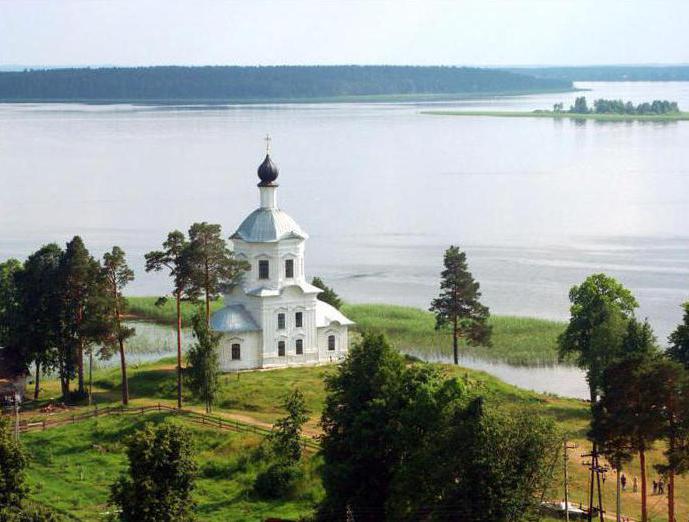
History of the region
The districts of the Tver region were inhabited even during the Paleolithic and Neolithic period. Numerous excavations have shown that the sites of ancient people were located here in different centuries. There have always been favorable conditions for life: flat lands, many rivers, a lot of wood for building houses.
Tver is mentioned in the chronicles of the 12th century, even then the city was considered a major administrative center, and in the 18th century the region received the status of a province. In 1931, Tver was renamed Kalinin, and the historical name was returned only after 60 years. The population of the Tver region in Soviet times decreased from 3 million to 1.6 million.
During the Great Patriotic War, this territory was under occupation, residents were for a long time practically captured. Only in 1944 the region was liberated from invaders. For steadfastness and opposition to the enemy, the Kalinin region was awarded the Order of Lenin.
Where do the residents of the Tver region live?
Tver region and Tver are located on a flat territory, the region is practically devoid of minerals. Coal mining was stopped here a few years ago, but there are large deposits of peat. The main river is the Volga, and also many tributaries flow here and several reservoirs have been created - Rybinsk, Verkhnevolzhsk, Ivankov and Uglich. It is in the Tver region that the famous lake Seliger is located today - the place of political meetings of young people and senior officials of the country.
The area of the Tver region is slightly more than 82 thousand square meters. km, is considered the 38th largest area among Russian regions. Most of the territory is occupied by broad-leaved, mixed and coniferous forests, rich in flora and fauna. Here is the vast Orshinsky swamp. Until recently, peat extraction was carried out here. Now the development is underway, but at a slower pace due to poor demand for this resource.
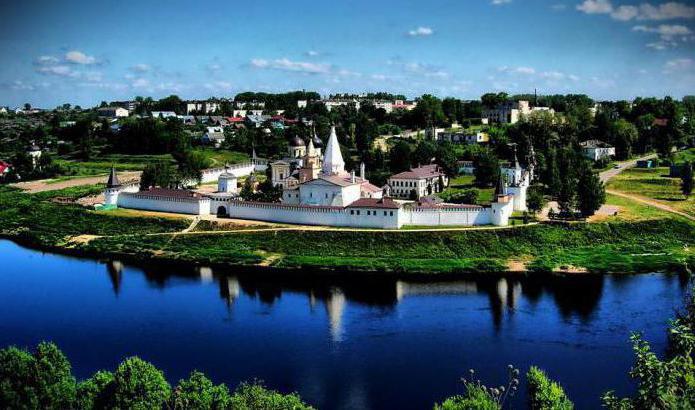
Areas
36 districts are distinguished on the area of the Tver region, the largest are Torzhoksky, Ostashevsky, Nelidovsky, Likhoslavalsky, Kashinsky, Kalyazinsky, Vyshnevolotsky with a population of over 20 thousand people. More than 30 thousand people live in the Bezhetsky, Bologovsky, Kalininsky district, 419 thousand live in Tver itself. In addition, over 250 rural settlements of different population densities are recorded in the region.
In the Tver region there are two closed administrative offices: Ozerny, where the Guards missile division is located, and also ZATO Solnechny, an urban-type settlement located on one of the islands of Lake Seliger, a plant for the production and study of chemical weapons was opened here in Soviet times.
Population
The main city of the region has a rich and glorious history. The city is located in a picturesque place, located on both sides of the Volga River. Today, the population of Tver exceeds 400 thousand. The city stands on the Upper Volga plain, there are only low hills and elevations.
The Volga has always been of great importance in the history of Tver. Merchants rafted down the river, transporting timber and other goods directly to Moscow. The widest place of the river in the city is 552 meters. The first mention of a rural settlement in these parts dates back to the 11th century.In the 13th century, the first city was completely destroyed by the Tatars, but quickly rebuilt. There is a version that after the ruin on the left bank, the population of Tver moved to the right side of the Volga and already built a new settlement here.
At the end of the 15th century, Tver became the most important commercial and cultural center. There are communication lines between Novgorod and Vladimir. In addition, it was in Tver that unique monuments of ancient Russian literature were created: "The Tale of Mikhail Alexandrovich", "A Word of Honor to the Tver Prince Boris Alexandrovich." The city has preserved many churches, the Kremlin with examples of traditional Russian architecture.
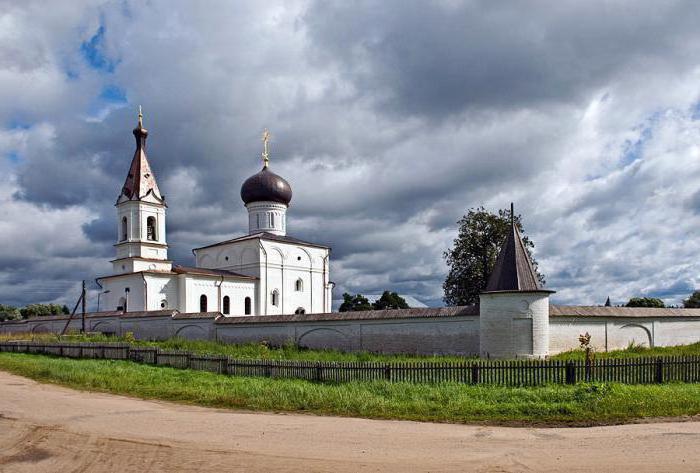
Today, 419 thousand people live in Tver, the figure is quite high, over the past decades, there has not been a sharp departure of residents to other regions. The largest numbers were recorded at the end of the 90s, then more than 450 thousand people lived in the city.
Interesting Facts
As of 2017, the population density of the Tver region is 2600 people per 1 sq. Km. km The city has many areas with one-story buildings, especially in the historical part. In the Soviet period, Tver was actively upset; many factories and large industrial facilities appeared, for example, a thermal power plant, a worsted plant, a pharmaceutical factory and a fiberglass production plant.
After the collapse of the USSR, the population of the Tver region was in a difficult situation. The region traditionally specialized in light industry and foodstuffs, and after the disconnection of the "fraternal" republics, commodity circulation fell sharply. In the period from 1990 to 2000 in the city almost no construction work or improvement work was carried out.
A new life for Tver begins in the mid-2000s, when four microdistricts of high-rise buildings appear on the map at once. In addition, with the initiative of the mayor in Tver, they begin to hold the largest economic forum in Russia, which gives the region additional dividends.
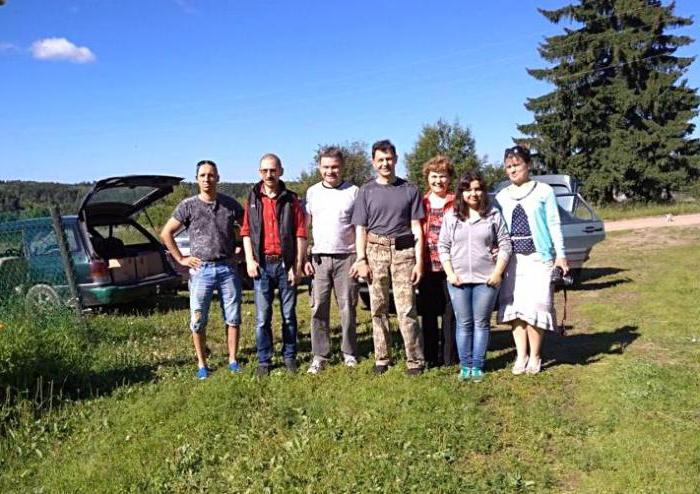
National composition
The population of the Tver region is 1.29 million people with an average density of 15 people. per 1 square. km, which is the lowest indicator in the Central Federal District. Most people live in cities, more than 70%, and only 30% in rural areas. This tendency is connected with the general tendency towards the extinction of a village in Russia. According to the latest census of the Tver region, the lowest population indicator has been observed since 1926. The reason is the high percentage of those who leave for the capital or in the neighboring, richer regions, especially from the village, where there is no work, no decent social conditions.
The history of the inhabitants of the Tver region
In the entire history of the Tver region, this region has repeatedly become the largest in terms of population. In the 13-14th centuries, one of the highest population indicators was observed here. But after the Polish defeats and the destruction of Tver, people left and the region came to desolation. The next sharp demographic decline was after the end of World War II. There were fierce battles in this territory, many villages were simply mowed down by enemies.
Today, more than 1 million people live in the Tver region, the highest rate was observed in Soviet times in the 50-60s. This area is quite popular, especially recently, when there has been a big economic upturn.
Facts about the inhabitants of the region
The population of the Tver region: the number of Russians is 92%, of the other nations the majority are Ukrainians - 1.5%, Armenians - 0.5% and the small peoples of the Tver Karelians, a little more than 14 thousand people live in the region. In addition, Chuvash, Germans, Chechens, Moldavians, Georgians and Uzbeks were registered here.
There are 23 cities of different densities in the region, mainly with a population of no more than 30-40 thousand people, with the exception of Rzhev with 59 thousand people.
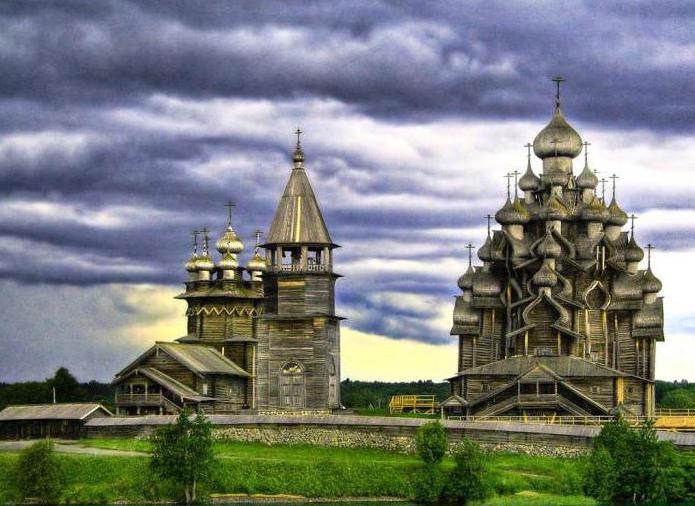
Age and sex composition
As in the whole world, the prosperity of the region is determined by the ratio of young and old people. If a lot of young people live in the region, children are born, it means that it is promising and is developing correctly;
According to the latest census in the Tver region, women live more than men by 10-12%. But the same indicators are observed throughout Russia. And the number of able-bodied people does not far exceed the number of people of retirement age.
Places of work of the population
The population of the Tver region is mainly employed in manufacturing facilities: the production of furniture, building materials, textiles and leather goods. In addition, the region has developed the production of equipment for Russian Railways: passenger cars, electric trains, excavators, etc. The production and distribution of electric energy reserves bring big income to the treasury of the region. Kalinin NPP and Konakovskaya TPP provide electricity to several neighboring regions.
Local lands are rich in peat deposits, therefore, the largest peat-mining company in Russia operates here. 20 years ago, coal was actively mined here, but surface deposits have dried up, and developing new ones is unprofitable and expensive.
In the field of transport, the Tver region is in a very favorable position. There are two highways, 4 directions of the railway, and also two civil airports operating under Tver, daily performing domestic and international flights.
The volume of agriculture halved compared with 1990, but still gradually returning to force again. Fields are sown with flax, wheat and vegetables.
sights
The cities of the Tver region are famous for their ancient history. Extensive archaeological excavations are held here annually. The oldest of the settlements - Torzhok - traces its history to the end of the 10th century. Monuments of the 13-14th centuries, for example, Borisoglebsky and Voskresensky monasteries, are still preserved here in their original form. They operate to this day.
One of the best attractions of the regions is its nature, rich forests, the Volga, Lake Seliger and other large reservoirs. Tourism is well developed, more than 200 tourist accommodation facilities work in the region, the regional government is trying to create favorable conditions for both Russian and foreign tourists.
People are attracted by ancient architecture, unique museums of folk art or local history. In addition, thousands of pilgrims come here annually to visit monasteries and temples sacred for Christians. One of the wonders of the Tver region is Lake Seliger. Every year international meetings are held here, in addition, tourists come here just to relax and enjoy the unique nature.

Pastime of the population
There are many monuments of historical and cultural heritage in Tver and the region. Especially many monasteries and temples have been preserved, some of which are more than 500 years old. The Ascension Cathedral in Tver was erected in the middle of the 18th century; today it has the status of a bishop’s compound. The church burned more than once and was rebuilt again, today it contains the relics of the holy martyr Fadey.
This work of art is the Staritsky Holy Assumption Monastery, which is located in a picturesque location on the banks of the Volga. The monastery was founded in the 12th century, but the first buildings did not reach our days, were destroyed in the 14th century. After almost a hundred years, the monastery was rebuilt from scratch, it is these white-stone buildings that have survived today.
A unique temple is located in the city of Torzhok, a wooden building built back in the 18th century has been standing with minimal restoration for more than 200 years. Even the painting of the mid-18th century was preserved almost in an untouched state.
Regional leaders
Recently, all of the districts of the Tver region have been placed by Igor Ruden.He was elected governor in September 2016, when the president nominated him for this position. In this post, he succeeded Andrei Shevelev, who had been the head of the region for 5 years.
The new government managed to improve the economic situation in the region; over the past 5-6 years, the Tver region has risen several points in the international economic rating. The number of investments in the region has also increased; large foreign and Russian companies have begun to invest more in local business.
Crime
Cities of the Tver region more than once fell into the criminal news. Back in the early 90s, as well as throughout the country, bandits or "new Russians" were operating here. Among all stood out the gang "Tver Wolves", which for several years committed murders in the region. The leader of the gang, Alexander Kostenko, or Lom, already in the late 90s crushed almost the entire shadow business of Tver. The group, in addition to fighters and killers, included corrupt officials, well-trained lawyers, and some security officials.
The manner of doing business with the Tver Wolves kept the entire population of the cities of the Tver region in fear. Of obedient and loyal people, Lom put together a brigade of terrorist killers, they spared no one and acted on the principle "the more victims, the better."
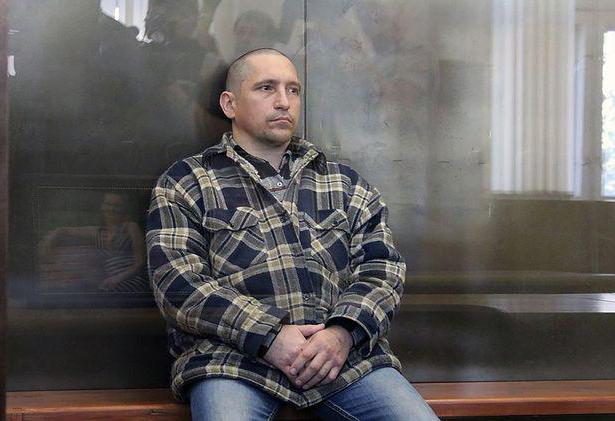
They killed their enemies en masse, showing off to everyone in order to demonstrate their power and avoid any disobedience. One of their bloodiest crimes was the reprisal against the family of the director of the market, the killers did not spare anyone, neither the director’s wife, nor his two minor children. It is this gang that is suspected of killing the famous singer Mikhail Krug.
One of the latest high-profile cases is the murder of 9 people in the Tver region. The tragedy occurred in June 2017, when Sergey Egorov, without regrets, cracked down on 9 people in a friendly co-operative, sparing no one, even the old disabled woman. This story thundered throughout the country, Yegorov himself almost did not give an interview, once telling reporters that he had killed people for laughing at him. In the fall, Yegorov was sentenced to life imprisonment.
Famous people
Many famous people were born and lived in the Tver region.
- Athanasius Nikitin, a famous traveler, orientalist, the first Russian to reach India, the author of the famous book “Walking Over Three Seas”.
- Vvedensky Arseniy Ivanovich - Russian critic, historian of literature, wrote hundreds of books about Russian writers.
- Khitruk Fedor Savelyevich, a famous Russian animator, creator of his favorite cartoon about Winnie the Pooh.
- Mikhail Krug, singer, author and composer, became famous throughout Russia for chanson-style songs. He died at the hands of robbers.
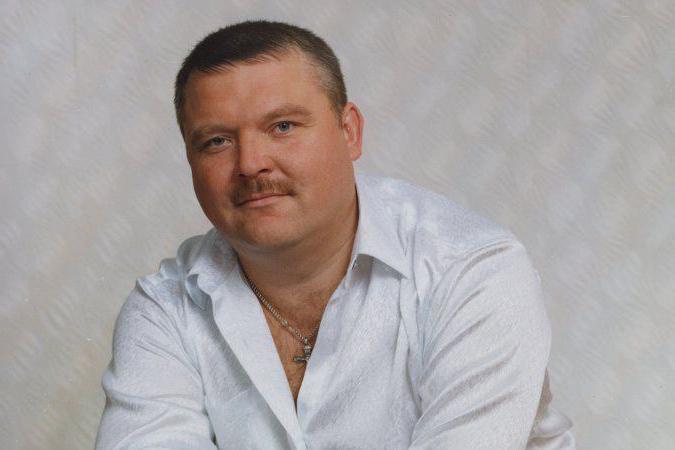
In addition, more than 20 heroes of the Soviet Union were born in the region, who showed themselves during the Great Patriotic War. Almost all famous citizens in the city are monuments, monuments or honorary boards.